trukn2004
ArboristSite Operative
Hello all, I have asked this question on H-th.com and got a lot of good replies about the stoves. I also was wondering about my flue: it is 8x12 masonry tile, brand new. How critical is a liner at this point? I really don't want to spend the money on one unless it is absolutely necessary.
Anyway, below is the thread and some pictures.
So i know this is talked to death, but I am trying to get some insight. Currently I am building my new home. Its 2700 sq ft, 2x6 constrcution, well insluated, heating system is Forced Hot Air with radiant in the garage. We have plans for a free-standing wood stove and have built a two-flue masonry chimney. (second flue goes to basement for possible extra stove)
Below are plans and some shots of the hearth.
Overall house
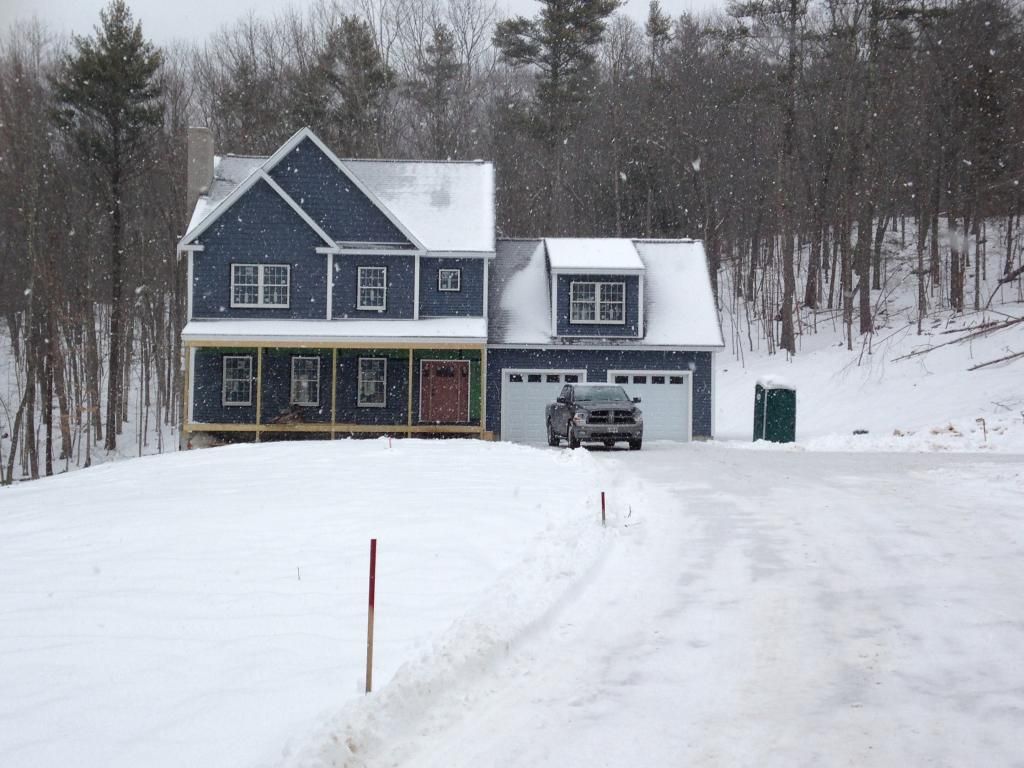
First floor
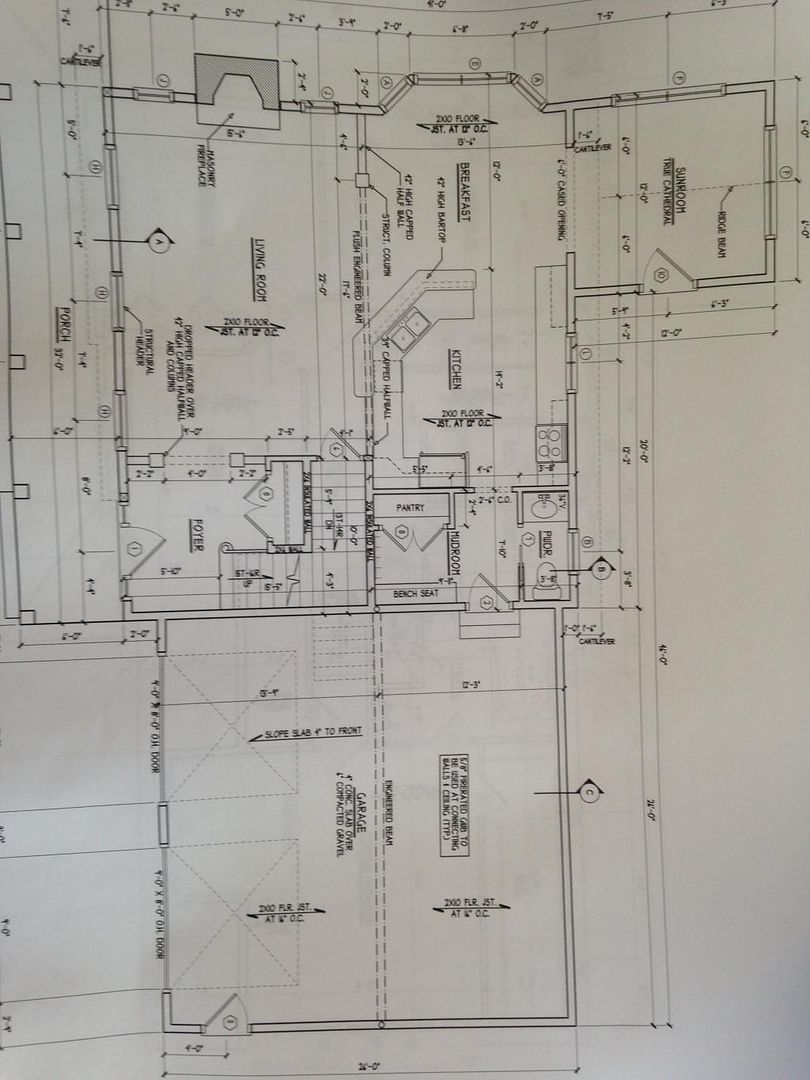
Second Floor
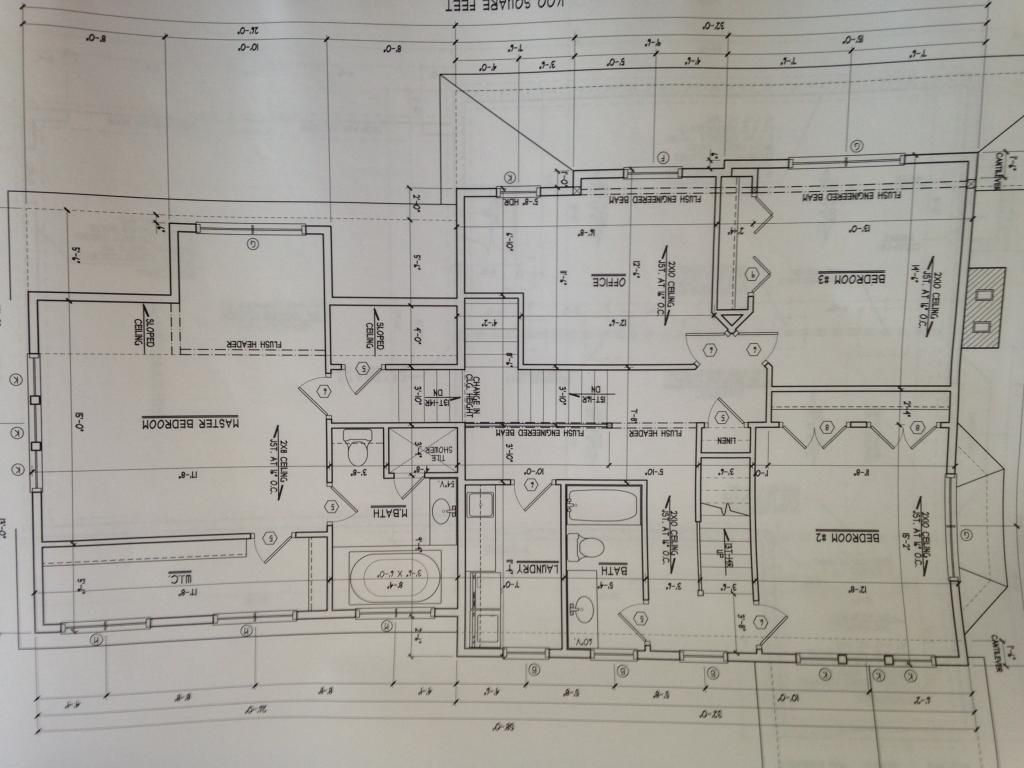
Hearth
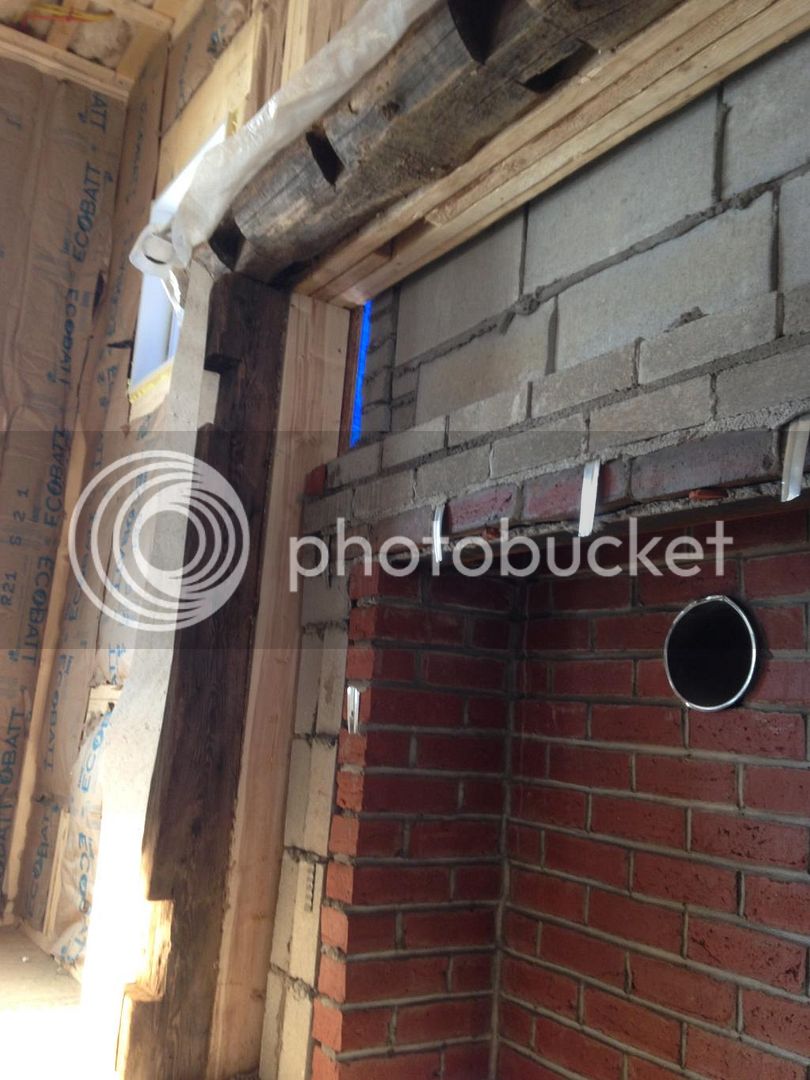
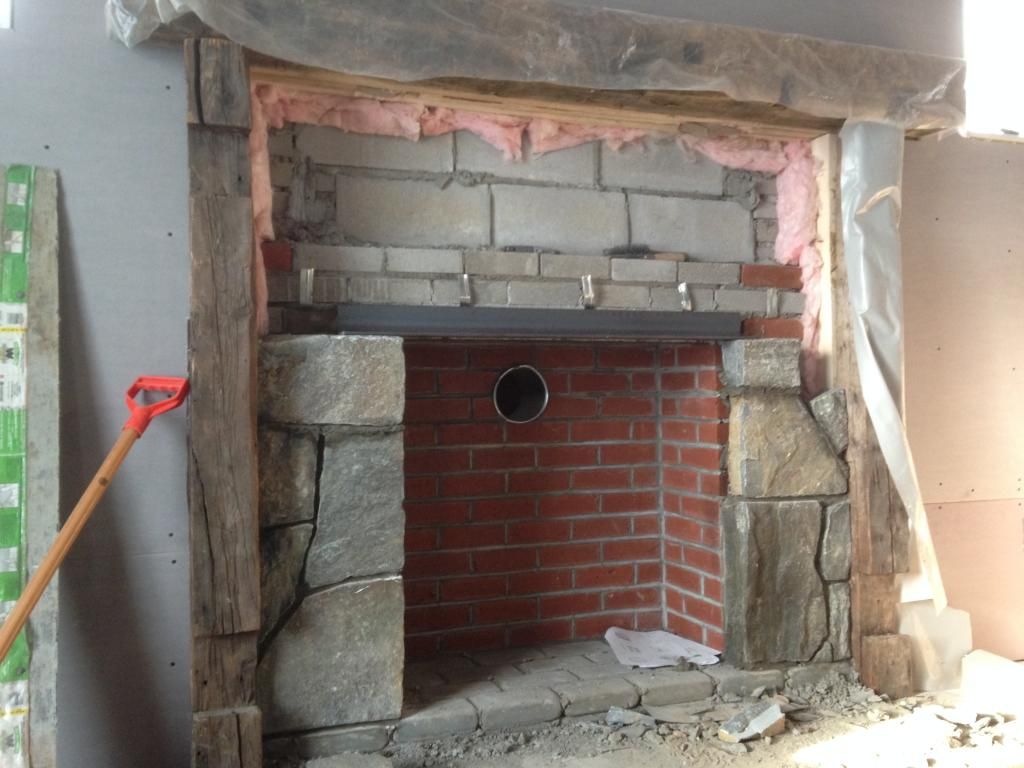
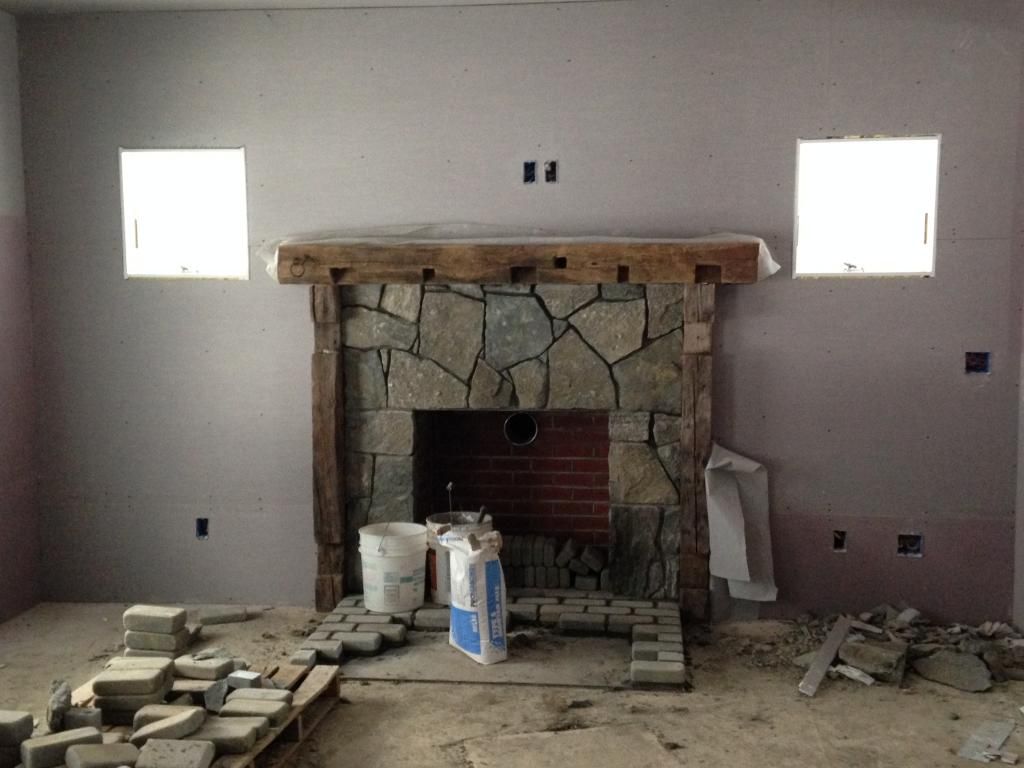
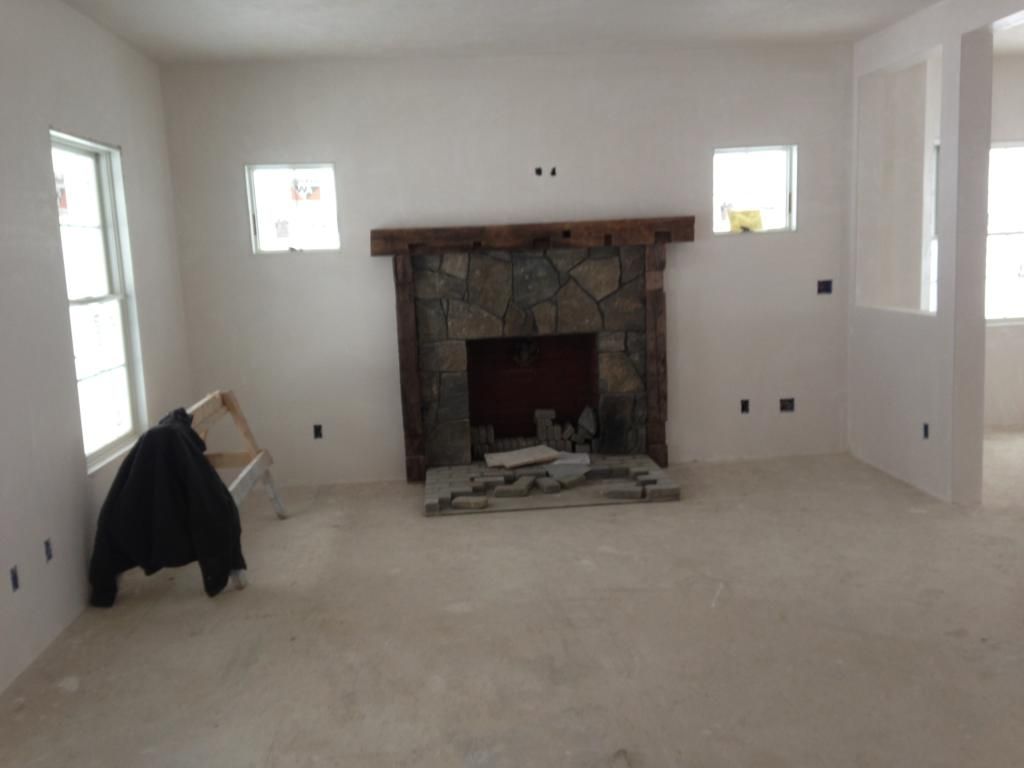
So right now, the pad is completed. I will need a stove that is rear exit for obvious reasons, And the wife had chosen the Jotul for its looks and performance. (her mother has one). Ive shown her the woodstock Ideal steel and she likes it as well. I guess my question is which stove would you pick and why? I've ran the Jotul at her moms house before and I found it seemed to chew through wood. I dont know if it was operator error, or possibly I was expecting something different, but It seemed like a overnight burn would be tough. Of course, that was also in a 1800's drafty farmhouse.
Anyway, below is the thread and some pictures.
So i know this is talked to death, but I am trying to get some insight. Currently I am building my new home. Its 2700 sq ft, 2x6 constrcution, well insluated, heating system is Forced Hot Air with radiant in the garage. We have plans for a free-standing wood stove and have built a two-flue masonry chimney. (second flue goes to basement for possible extra stove)
Below are plans and some shots of the hearth.
Overall house

First floor

Second Floor

Hearth




So right now, the pad is completed. I will need a stove that is rear exit for obvious reasons, And the wife had chosen the Jotul for its looks and performance. (her mother has one). Ive shown her the woodstock Ideal steel and she likes it as well. I guess my question is which stove would you pick and why? I've ran the Jotul at her moms house before and I found it seemed to chew through wood. I dont know if it was operator error, or possibly I was expecting something different, but It seemed like a overnight burn would be tough. Of course, that was also in a 1800's drafty farmhouse.




